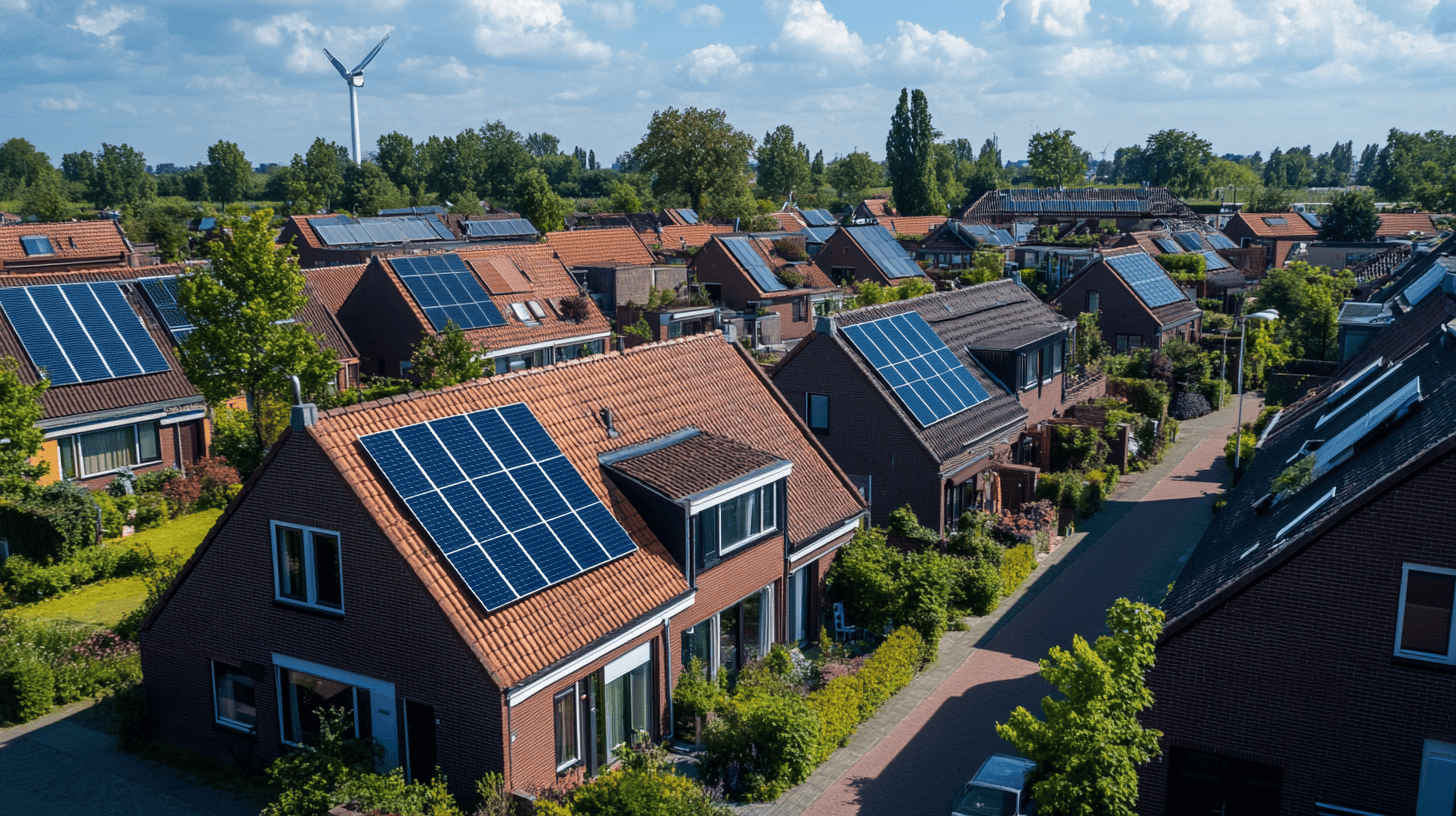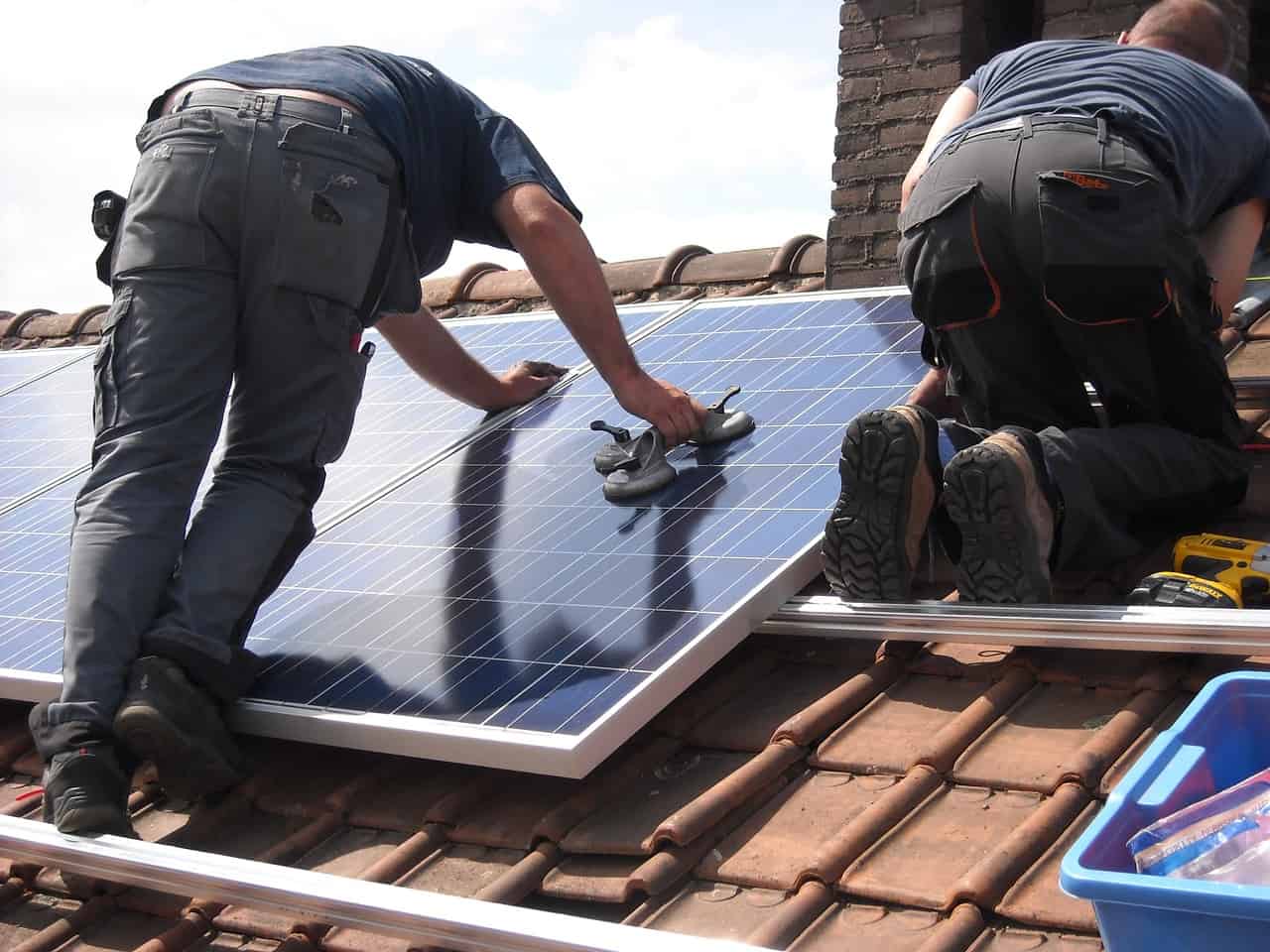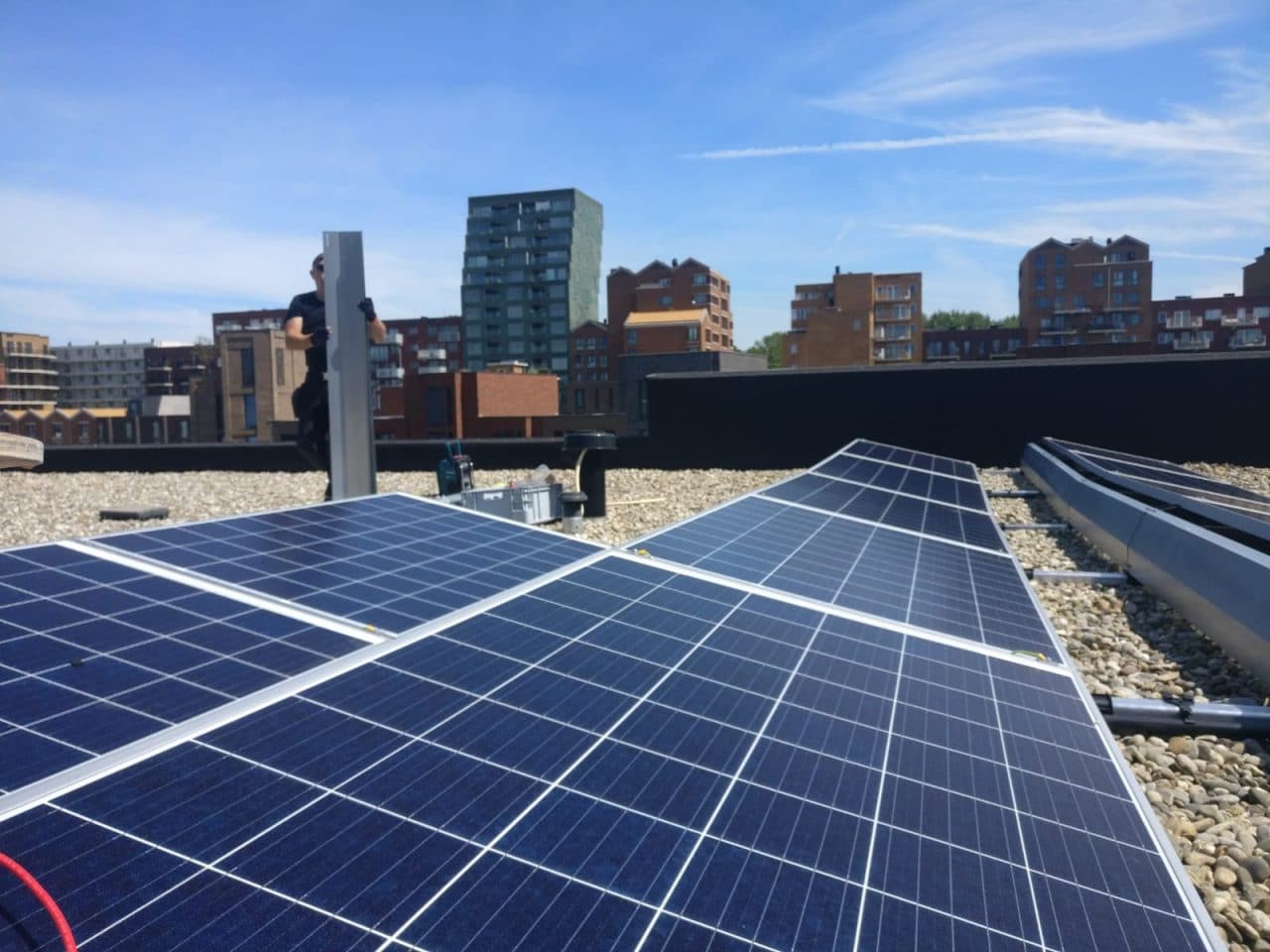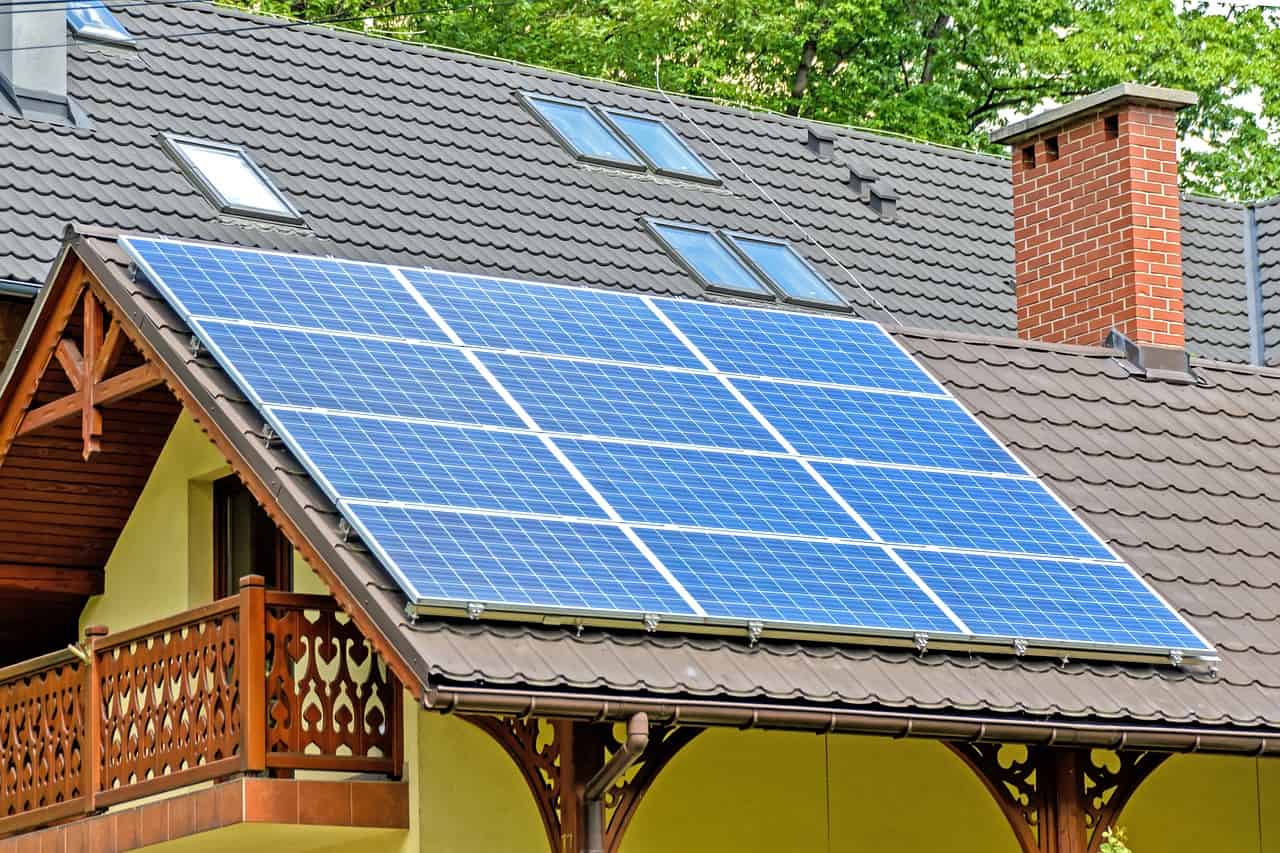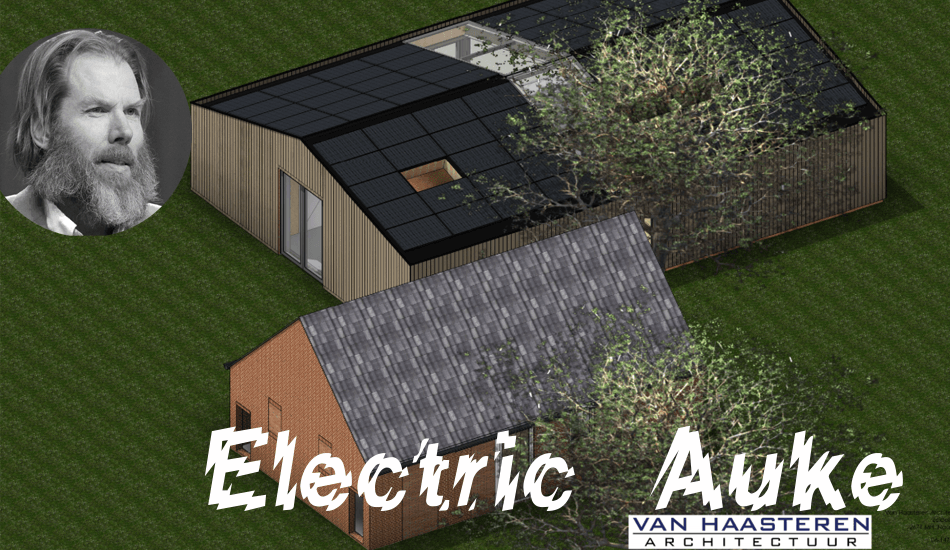
Each week we take a look with EV specialist and Innovation Origins columnist Auke Hoekstra at what caught his eye on topical issues or what he runs into when it concerns the preservation of our planet.
Hoekstra is busy building a fully sustainable house. “I have had that plan in my head for a long time, but I never did anything about it till now. You don’t just move from one place to the next. Plus my wife was also a bit reluctant about a completely new building.”
Together with an architect he designed the house to be as sustainable as possible. However, this work method sometimes leads to difficult discussions. During the application process for the building permit, it became clear that Auke had a problem: “The architect realized that with all those solar panels on the roof, I would not receive a building permit”, Auke said, explaining his surprise.
The thing is, before a new house can be built, it not only has to be energy efficient (as certified by the EPC – the Dutch government’s Energy Performance Indicator), but it also has to comply with the Milieu Prestatie Gebouwen specifications (MPG, a test to gauge the environmental performance of buildings, part of the work done by the Netherlands Enterprise Agency – RVO). This specifies what the environmental impact is of all the materials used in a house. The lower the MPG, the more sustainable the use of materials. “But you need a lot of raw materials to make solar panels: which aren’t ideal for the MPG. It’s so frustrating that a design featuring a roof fitted with solar panels won’t pass the inspection.”
More solar panels than on the diagram
Auke came up with a clever idea: ” I simply left out the solar panels on one side of the roof on the application form. I don’t know if I should mention that …” he begins to say. Then he quietly adds: “If I had had a very strict inspector, he would have seen that the roof we had submitted on the application form would have leaked. The solar panels are the actual roof. If I were to put another layer of tiles under these, that would have been double the work. In this case, I also thought carefully about the use of materials. But we’ll put those solar panels on later, the ones that aren’t on the diagram. After all, once the permit has been accepted, I can put as many solar panels on my roof as I want without the need for a permit.”

This is how he’s solved the problem, although he’s still exasperated by it. Auke is annoyed that the test does not take the energy he saves on his roof into account. “That really bothers me. Don’t get me wrong: I think it’s really good that we’re looking at how we use raw materials. That’s why, for example, I use a timber frame instead of bricks and Isovlas insulation instead of stone wool or PUR foam. But come on! There’s absolutely no consideration of how much fossil fuel I’m able to save with all those solar panels. If you take that into account, each additional solar panel reduces the environmental impact of my home. But instead of being rewarded for using solar panels, you end up with a lot of hassles from an ‘environmental point of view’. That’s the world turned upside down.”
Drastically reduce emissions
Incidentally, Auke thinks that we are focusing too much on how much energy we use and too little on how we generate energy. “Thinking in terms of efficiency is fine, because everything you save is definitely worthwhile. But in fact, energy consumption is not the real problem. The solar energy that reaches the earth is thousands of times more than what we can produce. We could even place solar panels in space. In other words, an abundance of energy. It’s much preferable to look at how much CO2 you emit during energy production.”
Hoekstra wrote about this in a previous column
According to Auke, the manufacture of solar panels currently costs approximately 40 grams of CO2 per kWh. That is already ten times less than the average cost of electricity in The Netherlands and Europe. And this is going to be reduced drastically over the coming years, in his opinion. “Suppose that in the future those mines where the raw materials for solar panels come from, were to switch over to solar energy. Then you could replace all those smelly diesel generators and diesel trucks with electric ones. And then that energy would come from solar panels.
But it goes beyond even this. As the factories where the solar panels are manufactured will eventually also switch to solar energy. In that case, CO2 emissions may be a hundred times lower than the average electricity supply of today. That 40 grams of CO2 per kWh can be increased to 4 grams over time, I’m convinced of that.”
Talking till you’re blue in the face
“That’s why I think the MPG tests relating to solar panels are so bad. People should be encouraged to become more sustainable as a result of this test. So that they will install solar panels. Now it’s just getting confusing. I’ve personally experienced that, because people in the construction industry have already told me: “See what we mean, you shouldn’t be doing this. Solar panels are way too damaging for the environment”.
They of course think that the government makes these rules for a reason. And then I have to keep on talking until I’m blue in the face. I constantly have to explain it to them. That’s when I say: ‘No, this test only looks at the amount of raw materials and you’ve already saved that after you get to use your solar panels for 1 to 3 years. With the MPG test, the government is sending out the opposite signal of what it should be giving out. That is, encouraging sustainable construction. It is high time that the MPG test takes the energy that is being saved into account.”



